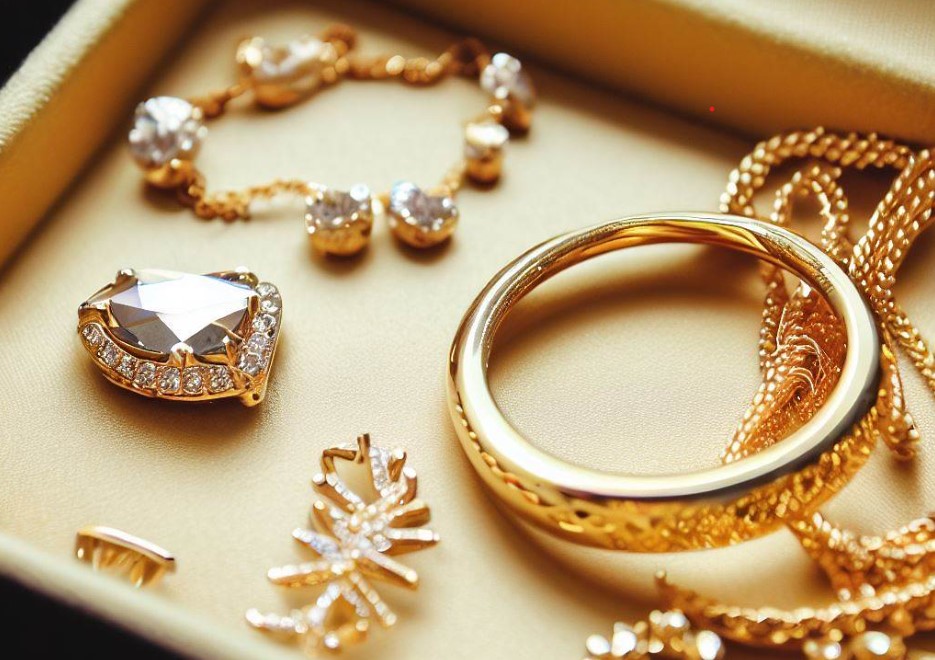There are several factors to consider when you choose a diamond. One of the most important factors is the clarity of the diamond. A diamond’s clarity refers to internal or external flaws, known as inclusions and blemishes, respectively. These flaws can have a significant impact on the overall beauty and value of the diamond.
Clarity is graded on a scale ranging from Flawless (FL) to Included (I). The more flaws a diamond has, the lower its clarity grade. While most diamonds have some degree of inclusions or blemishes, the goal is to find a diamond with the least visible flaws.
A high clarity grade will ensure a diamond with minimal flaws and maximum brilliance. However, it’s also essential to balance clarity and budget. Investing in a diamond with excellent clarity can result in a stunning and valuable piece of jewelry that will be cherished for a lifetime.
How to Choose the Ideal Diamond: The Significance of Clarity
Below are some tips to help you choose the ideal diamond based on its clarity:
- Evaluate the diamond under magnification: It’s essential to examine it, preferably at 10x magnification. This will allow you to see any inclusions or blemishes that may affect the diamond’s clarity.
- Consider your budget: The clarity of a diamond can significantly impact its price. If you have a limited budget, you may need to prioritize other aspects, such as cut or carat weight, over clarity.
- Understand the types of inclusions: Inclusions can come in various forms, including feathers, clouds, crystals, and needles. The setting can hide some inclusions or may not affect the diamond’s overall appearance. It’s crucial to understand the type and location of the inclusions.


Remember, while clarity is essential, it’s just one of the four Cs of diamond quality, along with cut, color, and carat weight. It’s crucial to consider all these factors to find the perfect diamond for your engagement ring or jewelry piece.
In conclusion, clarity is an important factor to consider when selecting a diamond. It directly impacts the diamond’s appearance, durability, value, and sparkle. By understanding the importance of clarity and considering it alongside other factors, you can make an informed decision and choose the perfect diamond for yourself or your loved one.
FAQ about What is good clarity for a diamond:

Professional jewelry journalist, blends Art History and Journalism degrees to provide insightful, vivid, and comprehensive narratives in the realm of jewelry. Known for interviewing industry bigwigs and covering international shows, Anna’s work is a beacon for both professionals and enthusiasts. A cherished gem in jewelry journalism.




